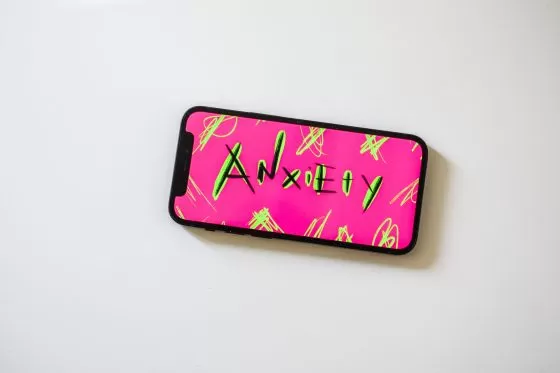
Performance anxiety is defined as the fear of performing a specific task. Many of us have experienced some physical and/or psychological distress before a major event in our life. These events can include speaking in front of people, taking an exam, an interview for a new position, or a presentation at work. Performance anxiety is extremely common, affecting roughly 40% of all adults in the U.S. Many famous performers have been open about their struggles with performance anxiety, for example, the late actor Paul Newman, international singers Adele, Rihanna and Katy Perry, and Olympic gymnast Simone Biles have spoken publicly about their fears.
Some people may experience mild symptoms of nervousness while for others it can be quite debilitating. Common symptoms include excessive sweating, heart palpitations, stomach disturbance (including nausea), shaking, dizziness, dry throat/mouth and panic attacks. These symptoms may lead to poor performance or refusal to perform. There are techniques that help mitigate performance anxiety. If symptoms are severe, it can be helpful to speak to a therapist as treatment can significantly improve one’s ability to perform.
Performance anxiety can trigger our sympathetic nervous system’s fight, flight or freeze response; utilizing the below strategies will help activate the parasympathetic nervous system’s rest and digest response.
Mental/Cognitive Strategies:
- Utilize process visualization; visualize completing the specific goals or steps of the performance. When we visualize achieving these small, manageable steps we can decrease stress and increase our motivation.
- Focus on the act of performing rather than those in the audience.
- Label your anxiety and normalize the feeling by recognizing many others also struggle with this fear. Labeling your emotions creates a distance between you and the feeling, giving yourself space to determine how you would like to respond.
- Practice positive self-talk: remind yourself of why you will do well, for example, talk through how much you have practiced, how well you know the material or activity, etc.
- Practice self-compassion: remind yourself that if you make a mistake, you are in good company as everyone makes mistakes periodically.
Behavioral Strategies:
- Utilize relaxation techniques such as deep-breathing and meditation/guided meditations. Extending your exhales can quickly activate the parasympathetic nervous system. Inhale through your mouth for a count of 4 and exhale out of your mouth for a count of 6.
- Practice progressive muscle relaxation. To do this, start either at your feet or head, clenching your muscles and then fully releasing. Continue the tightening and releasing of each muscle as you move up or down your body, ending at the opposite end. Progressive muscle relaxation has stress-alleviating effects, and research demonstrates it has a positive influence on anxiety.
- Smile. Research has shown that smiling while experiencing stress can help to reduce the intensity of the body’s stress response; this happens even if you don’t feel happy and manufacture the smile.
- Focus on preparation and practice often. We build our confidence with each practice.
- Do some movement before you perform (jumping in place, take a brisk walk, shake out muscles). This type of movement can ground us and take us away from the rumination or fear in our head to focusing on our body and send quick bursts of endorphins.
Lifestyle Strategies:
- Exercise regularly as this helps mitigate overall anxiety. Exercise has been shown to decrease overall levels of tension, elevate and stabilize mood, improve sleep, and improve self-esteem. About five minutes of aerobic exercise can begin to stimulate anti-anxiety effects.
- Monitor/limit caffeine intake before you must perform.
- Maintain healthy sleep hygiene in the days leading up to the performance.
- Eat a healthy meal before your performance, one which incorporates protein, healthy fat and fiber.
- Hydrate.
Finding the unique tools that work for you to manage performance anxiety can make the difference between a distressing situation and a manageable one. Working with an OITE wellness advisor or a therapist can help you manage this anxiety. You can find OITE’s wellness resources here.




